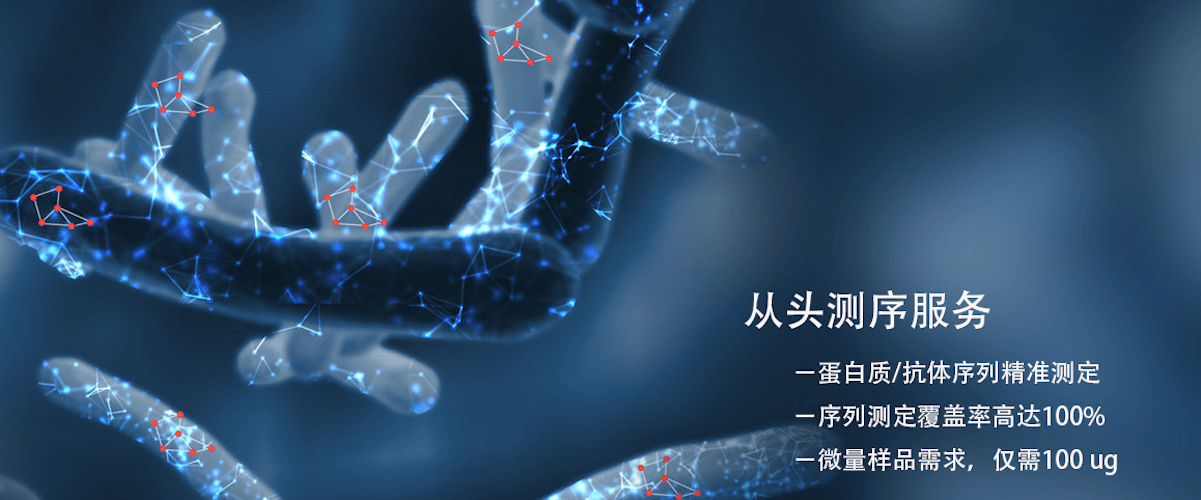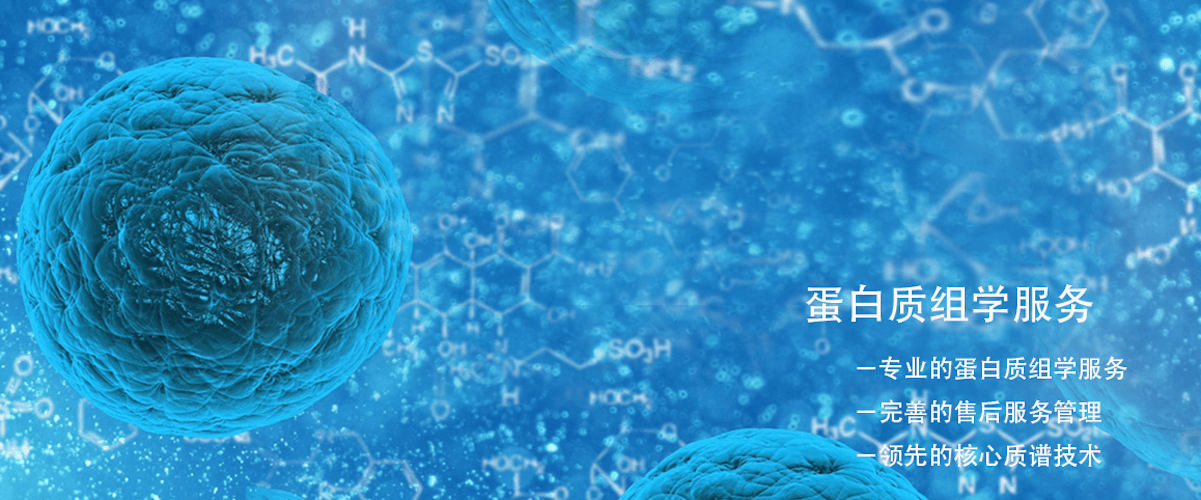A peak appears around 0.9 in the NMR hydrogen spectrum, what could it be?
In NMR, a chemical shift around 0.9 ppm is typically associated with alkyl hydrogen atoms. More specifically, signals in this region are generally related to the hydrogen atoms of methyl (CH3) groups, especially those at the end of saturated alkane chains.
Here are some common structures that might appear at the 0.9 ppm position:
-
Terminal methyl hydrogen: In saturated alkanes such as hexadecane or decane, the terminal methyl (-CH3) usually shows a peak in the 0.8 to 1.0 ppm region of the NMR spectrum.
-
Isopropyl hydrogen: Although the methyl groups in isopropyl hydrogen (such as -CH(CH3)2) typically appear at a higher chemical shift (around 1.1 ppm), they may shift slightly downfield due to solvent and temperature effects in certain environments.
To more accurately interpret the peaks in an NMR spectrum and determine which specific type of hydrogen they correspond to, the following factors should be considered:
-
Multiplicity of the peak: Terminal methyl hydrogen usually appears as a singlet, but its precise shape and splitting pattern can also provide information on whether there is coupling from adjacent hydrogen atoms.
-
Structural information of the sample: If the chemical structure of the sample is known, it will help interpret specific peaks in the spectrum.
-
Experimental conditions: The type of solvent, temperature, and sample concentration can all affect the exact position of the chemical shift.
Biotech Pack Biotech – A premium service provider for biological product characterization and multi-omics mass spectrometry detection.
Related services:
How to order?





